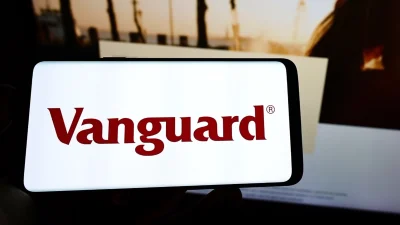Healthcare to remain resilient in face of US election



The long-term outlook for the US healthcare sector is positive, according to American Century Investments, regardless of the result of the US presidential election.
There was much speculation about the future of the Affordable Care Act which became law in 2010 but had been the target of election campaigning by both candidates. The act sought to make health insurance affordable, expand Medicaid and support innovation to help lower healthcare costs.
Since the inception of the act, US healthcare stocks had outperformed the S&P 500 by 1.6% per annum on average, with the life sciences sector outperforming by 7%.
According to FE Analytics, the S&P 500 had returned 356% since the act’s inception in March 2010 compared to returns of 87% by the ASX 200 over the same period.
Michael Li, senior portfolio manager, said: “We believe the long-term outlook for the healthcare sector is positive, though we recognise that the election is likely to be a source of near-term volatility.
“Avoiding healthcare stocks over ACA-related fears clearly would have been a mistake. Of course, past performance cannot predict future results, but the example of the ACA makes a compelling case for ignoring political rhetoric and focusing instead on companies that could deliver innovation and more cost-effective care.”
Even proposals from President Trump in September over the ‘America First Healthcare Plan’ had already seen many of its policies already enacted or previously announced so would be unlikely to mean any meaningful changes to the sector.
Meanwhile, Democratic candidate Joe Biden was expected to support the act and offer the option of buying into a ‘Medicare-lite’ programme which would require Democrats to have control of both houses of Congress to go ahead.
Recommended for you
Natixis Investment Managers has hired a distribution director to specifically focus on the firm’s work with research firms and consultants.
The use of total portfolio approaches by asset allocators is putting pressure on fund managers with outperformance being “no longer sufficient” when it comes to fund development.
With evergreen funds being used by financial advisers for their liquidity benefits, Harbourvest is forecasting they are set to grow by around 20 per cent a year to surpass US$1 trillion by 2029.
Total monthly ETF inflows declined by 28 per cent from highs in November with Vanguard’s $21bn Australian Shares ETF faring worst in outflows.











